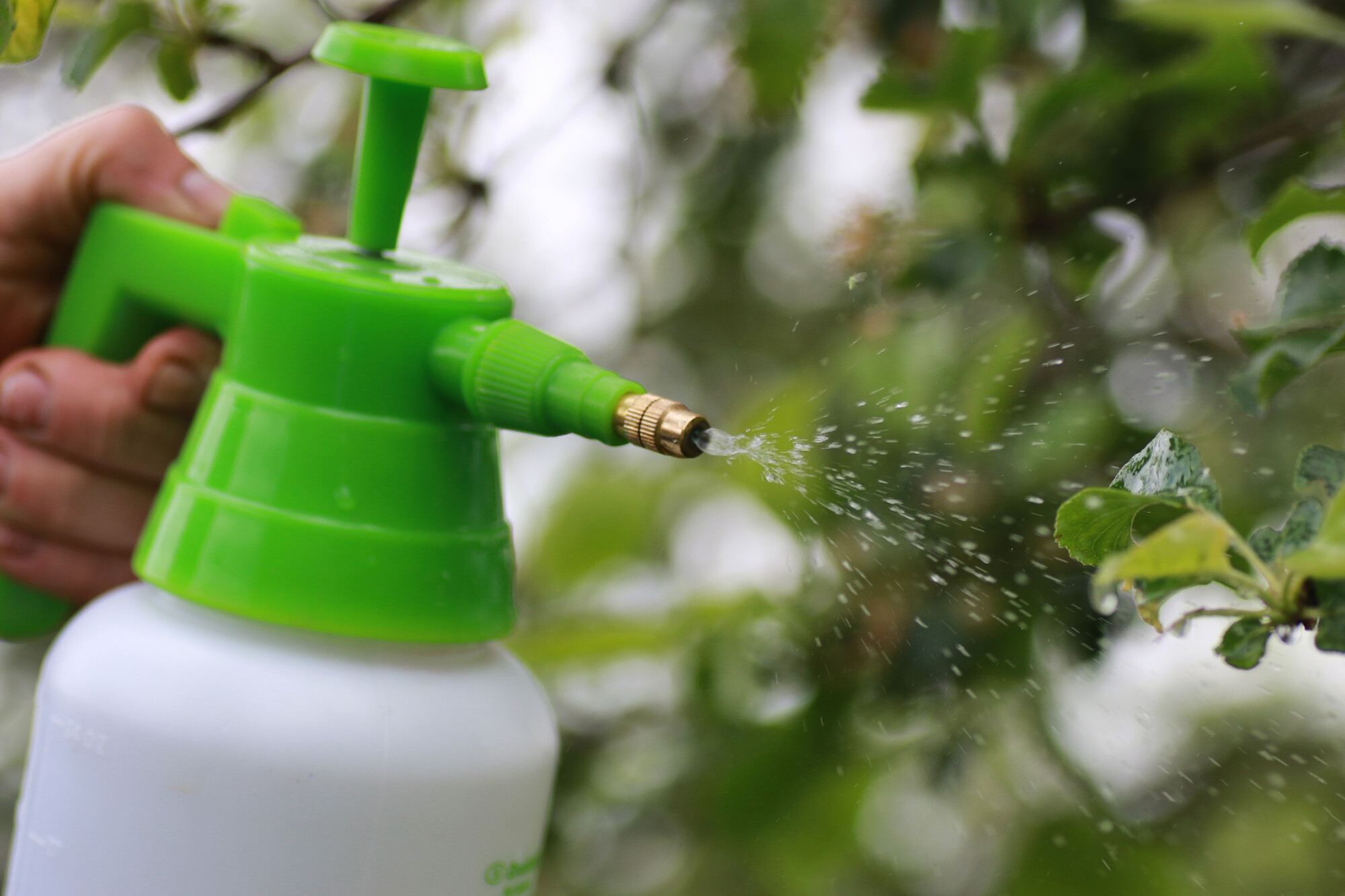
3 Tips for Using Fungicide for Your Plant Health
Approximately $220 billion of the global economy is lost to plant diseases. One of the best ways to fight these diseases and promote plant health is through the proper use of a fungicide.
However, using fungicide isn’t always as simple as grabbing a bottle off the shelf at the market. Using fungicide improperly can negatively impact plant health. Read on to learn our best tips for using fungicide.
1. Know When and How to Use Fungicide
One of the most important tips for using fungicide is knowing when and how to use it. This may seem obvious, but without proper diagnosis and use, it could harm your plants.
Problems occur from improper use because certain diseases develop resistance to the fungicide. Resistance makes them stronger and more harmful to your plants, so read labels thoroughly.
2. Learn How to Make Your Own
Using fungicide the right way is just as important as using the right type. One of the best ways to control the ingredients in fungicide is to learn how to make your own.
A few household ingredients are all you need to get started. Some common ingredients include baking soda, water, dish soap, and certain cooking oils.
3. Don’t Rely on Fungicide for Plant Health
One of our most essential plant tips in this guide is to not rely on fungicides for plant health. Only use it when it’s necessary and only use what you need. This helps avoid the risk of disease resistance.
Choosing Fungicide
Since choosing the right fungicide requires strategic decision-making, you’re likely wondering where to start. The process is confusing since you sometimes need to mix and rotate what you use.
This is another method of preventing resistance, especially when dealing with diseases that come with a high risk of resistance. You’ll need to decide between biological vs. chemical fungicide.
Biological Fungicide
Biological fungicide or biofungicide is an ecofriendly resource used to deal with diseases in crops. Its ingredients are largely biodegradable and leave little to no residue behind, which means they don’t pollute the environment.
This type of fungicide is ideal for homes with pets or small children since they’re not known to result in illness in humans. Since the results are gradual and not immediate, patience and consistency are important.
Chemical Fungicide
Chemical fungicide is more fast-acting in comparison to biological fungicide and it has a broader spectrum of use. While this is a great and quick solution for many gardeners/farmers, it doesn’t come without problems.
These chemicals are so effective because they’re filled with toxic and often carcinogenic ingredients. These can be dangerous for people, pets, and wildlife if not handled properly.
Put Plant Health First
Knowing when and how to use fungicide is as important as knowing when not to use it. Finding the right routine is one of the best tips for using fungicide.
For more helpful tips and guides, visit our blog.
